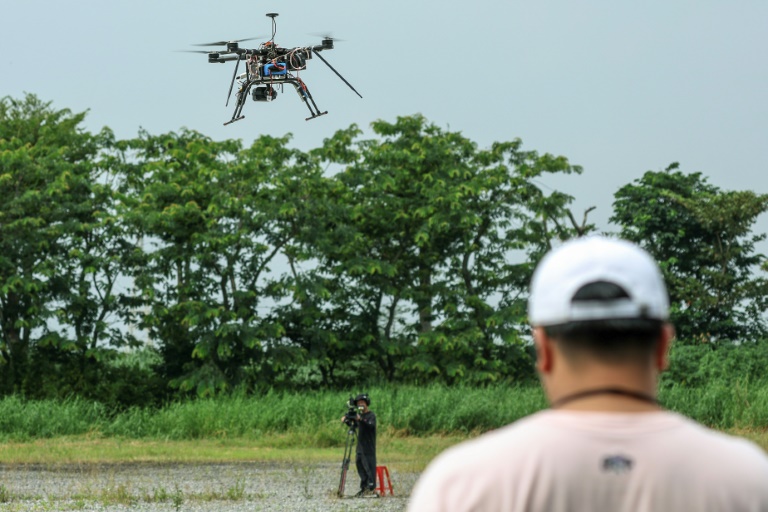Modern warfare profoundly affects not only the population and economy of the countries involved but also their ecosystems. The war between Russia and Ukraine, ongoing since 2014, impacted an area containing Emerald Network ecological protection sites in the occupied Ukrainian regions of Donetsk and Luhansk.
Ukraine joined the Convention in 1996 and started implementing the associated policies, environmental protection legislation, and Emerald Network sites in 2000. Hence, analyzing changes in implementing those policies provides a unique opportunity for investigating the consequences of modern warfare on environmental sustainability and conservation.
In a study published in the journal Communications Earth & Environment, researchers in Ukraine and the United States employed Landsat and Copernicus Sentinel 1 and 2 satellite imagery to analyze changes in forest cover between 1996 and 2020 in Ukraine’s Emerald Network protected areas located in the Luhansk region, under partial Russian control since 2014.
In their analysis, the group verified that between 1996 and 2000, before the creation of the Emerald Network, deforestation trends were similar in the territories currently controlled by Ukraine and Russia, with around 4% of forest loss. Additionally, from 2000 to 2013, during the Emerald Network establishment and before the conflict, reforestation rates were significant and comparable in both. (8% and 10%, respectively).
However, from 2013 to 2020, the researchers found a stark difference in conservation between the territories after the beginning of the conflict. Territories that remained under Ukrainian control gained 9% of forest area, even under military conflict and increased ecological vulnerability. On the other hand, territories under Russian control lost 20 years of sustainable development progress, with 25% of forest loss when compared to 2013 estimates.
2023-12-11 13:00:05
Source from phys.org rnrn


















